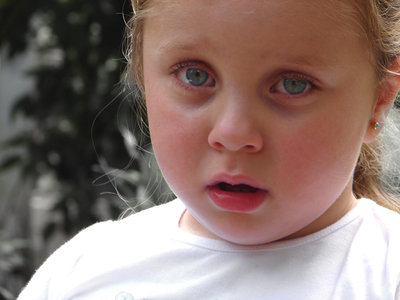 As district administrators, school leaders and teachers work to reopen schools in the wake of Hurricane Sandy, they face the challenges of power outages that are still being repaired, disabled communications systems, health and safety issues in buildings damaged by flooding and locating and communicating with students and their families scattered to temporary housing.
As district administrators, school leaders and teachers work to reopen schools in the wake of Hurricane Sandy, they face the challenges of power outages that are still being repaired, disabled communications systems, health and safety issues in buildings damaged by flooding and locating and communicating with students and their families scattered to temporary housing.
But, perhaps, one of the most daunting challenges they face is being thrust into roles of psychological crisis managers as they attend to the physical and mental-health needs of students and their families whose lives have been severely upended by the storm.
“Communications and transportation are our biggest barriers,” David. Weiss, superintendent of Long Beach schools said. “But we are determined to bring some stability to our kids and our staff who’ve been through so much. School is a part of stability.”
Much of Mr. Weiss’ focus has been on arranging for representatives from the Federal Emergency Management Agency to be at a meeting with his staff members and to provide social workers and psychologists for those who need mental-health support.
Preparing to meet the emotional and psychological needs of students and staff members became a priority for the Commack School District as schools geared up to reopen Nov. 7, said John Kelly, a psychologist in the 8,700-student district. Efforts focused on classrooms, with teachers and other staff members trained to acknowledge that students’ feelings of anxiety and distress caused by the storm are entirely normal.
For most children, typical reactions may include mild anxiety and difficulty sleeping, eating, or concentrating, Kelly said, and educators will be providing reassurance that such symptoms are to be expected.
“When people feel that way, they worry, ‘Am I OK?’ ” he said. “Yes. It’s very normal. Just saying that can really help kids cope with these kinds of events.”
For a small percentage of children, reactions will be stronger, Kelly warned. In those cases, he advised that schools work closely with students’ families to determine their needs and, if a student’s reaction persists, they should collaborate with community-based social-service and mental-health agencies. He added that minimizing children’s exposure to news media coverage about the disaster, providing personal contact such as hugs, and rebuilding a routine are also important.
In order to meet the psychological and emotional needs of victims who suffer from ongoing trauma, The New York Association of School Psychologists has provided a comprehensive array of materials to help children and their families open up about their feelings and worries. Some of them include:
Trinka and Sam the Rainy Windy Day, a story developed to help young children and their families begin to communicate after the trauma of a hurricane.
Simple Activities for Children and Adolescents, a set of activities for children without power or who are in damaged areas.
Parent Guidelines for Helping Children after Hurricanes and Teacher Guidelines for Helping Children after Hurricanes, designed to prepare parents/teachers to respond appropriately to children’s reactions to hurricanes and other frightening events.
After the Hurricane: Helping Young Children Heal, a tip sheet to help young children, toddlers, and preschoolers after a distressing event.
Helping Young Children and Families Cope with Trauma, a fact sheet designed to help parents listen and speak to their children after a traumatic event.
NCTSN WebPages Recovery: After a Hurricane provides information on recovery over time with the support of family, friends, and organizations and points out that the length of recovery will depend upon how frightening the hurricane was, if evacuation from home was necessary and the extent of the damage and loss.
The website offers many more materials, including childhood traumatic grief educational materials for parents and school personnel, which present an overview of childhood traumatic grief, its general signs and symptoms, and some suggestions on what parents and/or educators can do to help.
Also included on the NYASP website are parent tip sheets for infants and toddlers, preschoolers, school-age children and adolescents.
For more helpful information, visit nyasp.org and The National Child Traumatic Stress Network.
Do you know of more helpful resources? Please share them on the Family & Parenting Forum.
SOURCES: edweek.org, nyasp.org










